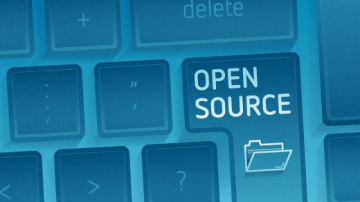
Nicolas Pujol helped grow a $10m software startup (MySQL) into a $1 billion acquisition, making it at the time the second largest open source company. He is an investor, advisor to start-ups and author of The Mind Share Market: The Power of an Alternative Currency where he demonstrates the impact of hybrid economies. Pujol enjoys promoting open societies and ways for capitalism to generate shared value through open source and productive marketing.



Authored Comments
Dave: bingo. Everyone knew why they got up in the morning.
Generally this may be orthogonal to open source. It's near impossible to have a closed culture in this field but possible to be open in others.
Locally, open source as a model and culture was the cure for the particular problem MySQL was trying to (and did, I believe) solve.
Great article Marten.
Thanks Erlend and Florian. I am not familiar with the Android-specific issues but trust that if it becomes a mainstream debate Google will find a way to make it right. The OS market is competitive....
Someone sent a direct message mentioning that a significant portion of the 250k SourceForge projects may have no profit motive to begin with. Positive side effect: the work done remains and can be shared/re-purposed if licensed accordingly. (software IP in open source not necessarily bound to goals of its creator)